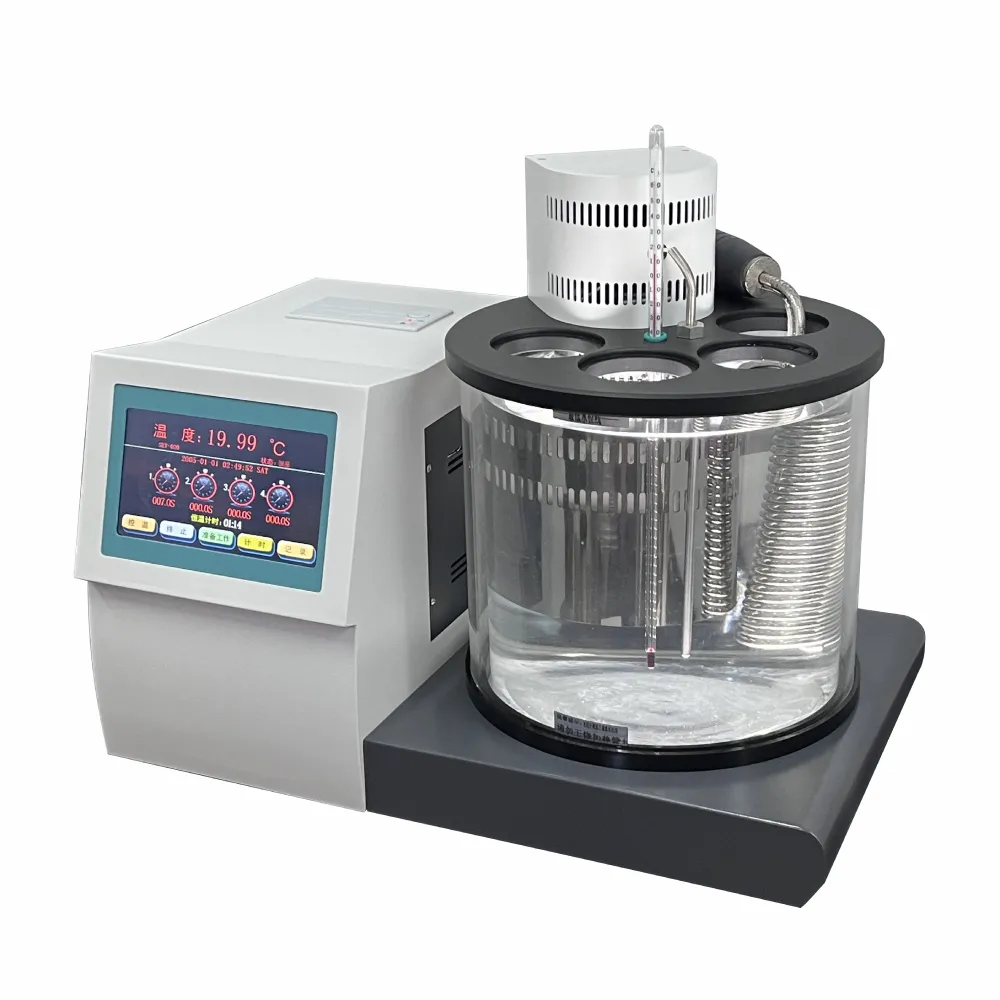 English
English


measurement of short circuit impedance and load loss
Measurement of Short Circuit Impedance and Load Loss
The measurement of short circuit impedance and load loss is a critical aspect of power system analysis and design. Understanding these parameters helps electrical engineers assess the performance and efficiency of transformers, generators, and other electrical equipment under fault conditions. This article explores the significance of these measurements and the methods commonly used to obtain them.
Short circuit impedance is defined as the ratio of voltage to current during a short circuit condition. It is primarily used to determine how much voltage drop will occur when a fault happens in the electrical system. The impedance value gives insights into the maximum fault current that can flow through a device, which is essential for protection system design. A low impedance value results in higher fault currents, thereby necessitating quick response from protective devices to prevent damage to electrical equipment.
To measure short circuit impedance, a common practice involves connecting a three-phase source to the primary terminals of the transformer while the secondary side is shorted. By applying a voltage and measuring the resulting current, the impedance can be calculated using Ohm's law. This process often includes the use of specialized instruments known as impedance analyzers or cable testers to ensure accurate and repeatable results.
measurement of short circuit impedance and load loss

Load loss, also known as copper loss, refers to the energy losses that occur in electrical cables, transformers, and motors when they are under load. These losses arise due to the resistance of the conductors carrying current, and they vary with the square of the current flowing through them. Measurement of load loss is essential for understanding the efficiency of an electrical device, as higher load losses translate to increased operational costs and reduced overall performance.
To determine load loss, engineers typically conduct a series of tests under different loading conditions. By measuring the input power and the output power, the difference can be attributed to load losses. Additionally, tests such as the open circuit test and short circuit test can help derive the full-load losses and no-load losses, which collectively contribute to understanding the overall operational efficiency of the equipment.
Both short circuit impedance and load losses are vital in the design of electrical systems, influencing the selection of equipment, the sizing of conductors, and the formulation of protection schemes. Engineers use these measurements to ensure that the systems operate safely and cost-effectively while minimizing the risk of equipment failure during fault conditions.
In conclusion, the measurement of short circuit impedance and load loss is indispensable for maintaining reliable and efficient electrical systems. By conducting accurate measurements and analyses, electrical engineers can enhance the performance of their systems, ensuring longevity and safety in various applications across industries.
-
Differences between open cup flash point tester and closed cup flash point testerNewsOct.31,2024
-
The Reliable Load Tap ChangerNewsOct.23,2024
-
The Essential Guide to Hipot TestersNewsOct.23,2024
-
The Digital Insulation TesterNewsOct.23,2024
-
The Best Earth Loop Impedance Tester for SaleNewsOct.23,2024
-
Tan Delta Tester--The Essential Tool for Electrical Insulation TestingNewsOct.23,2024





